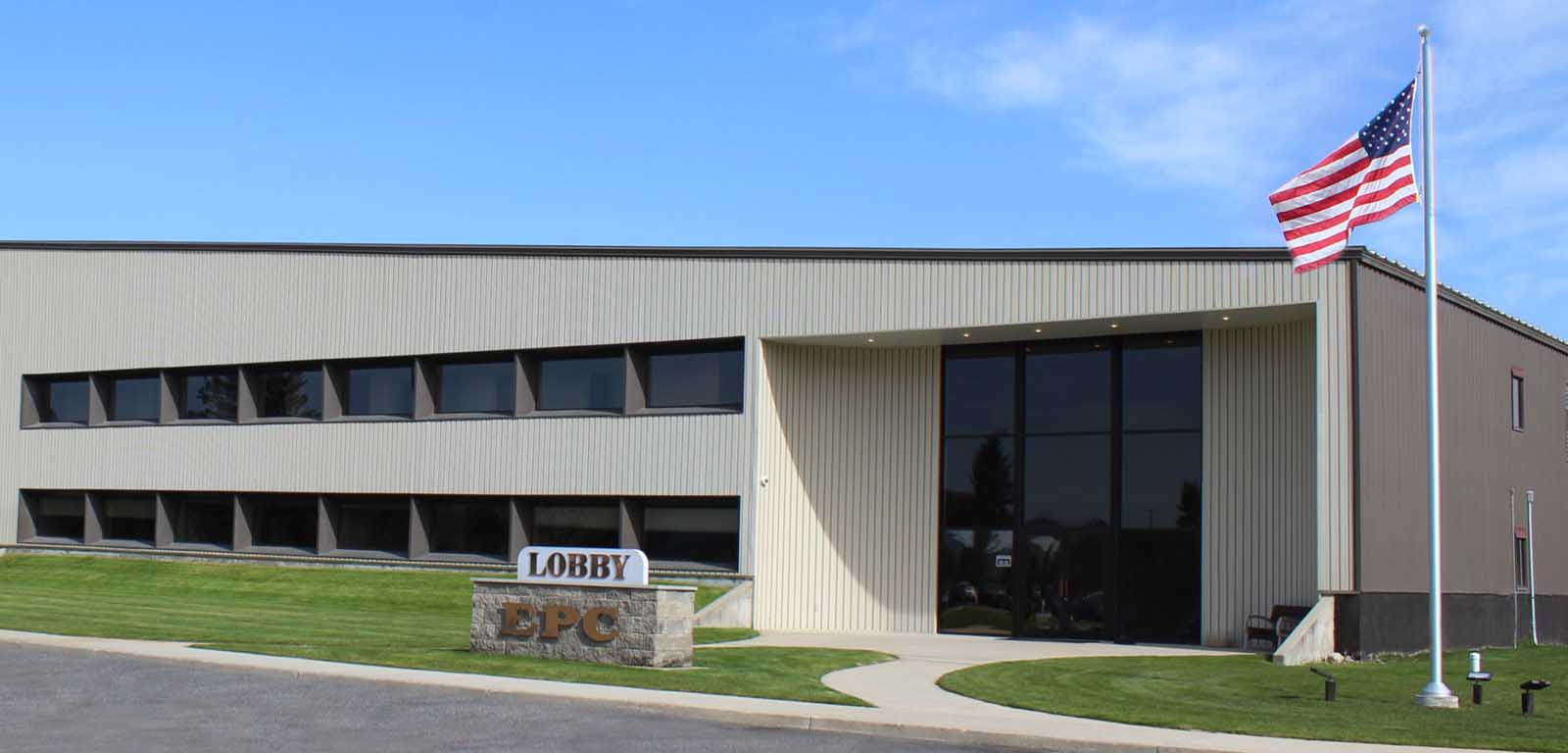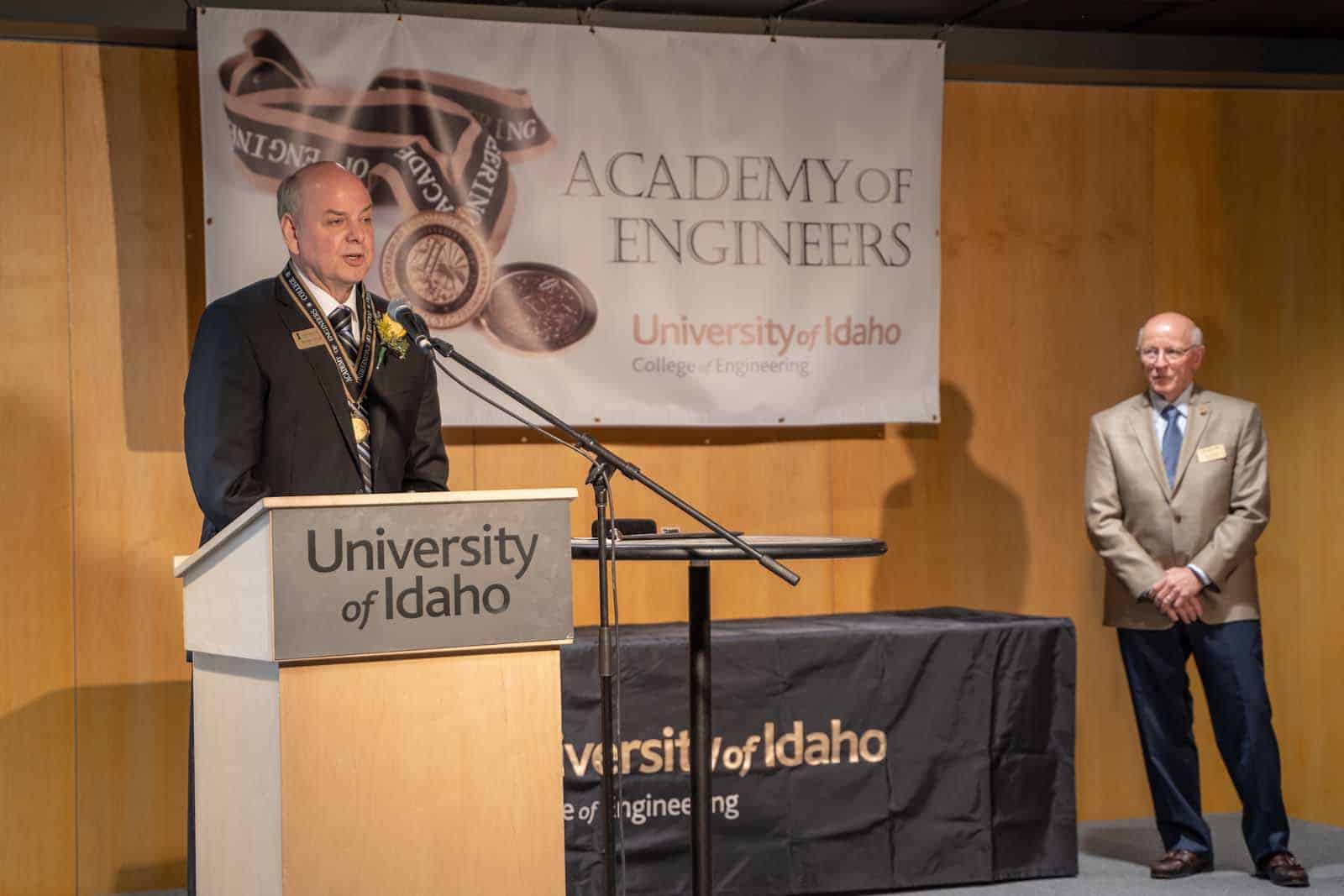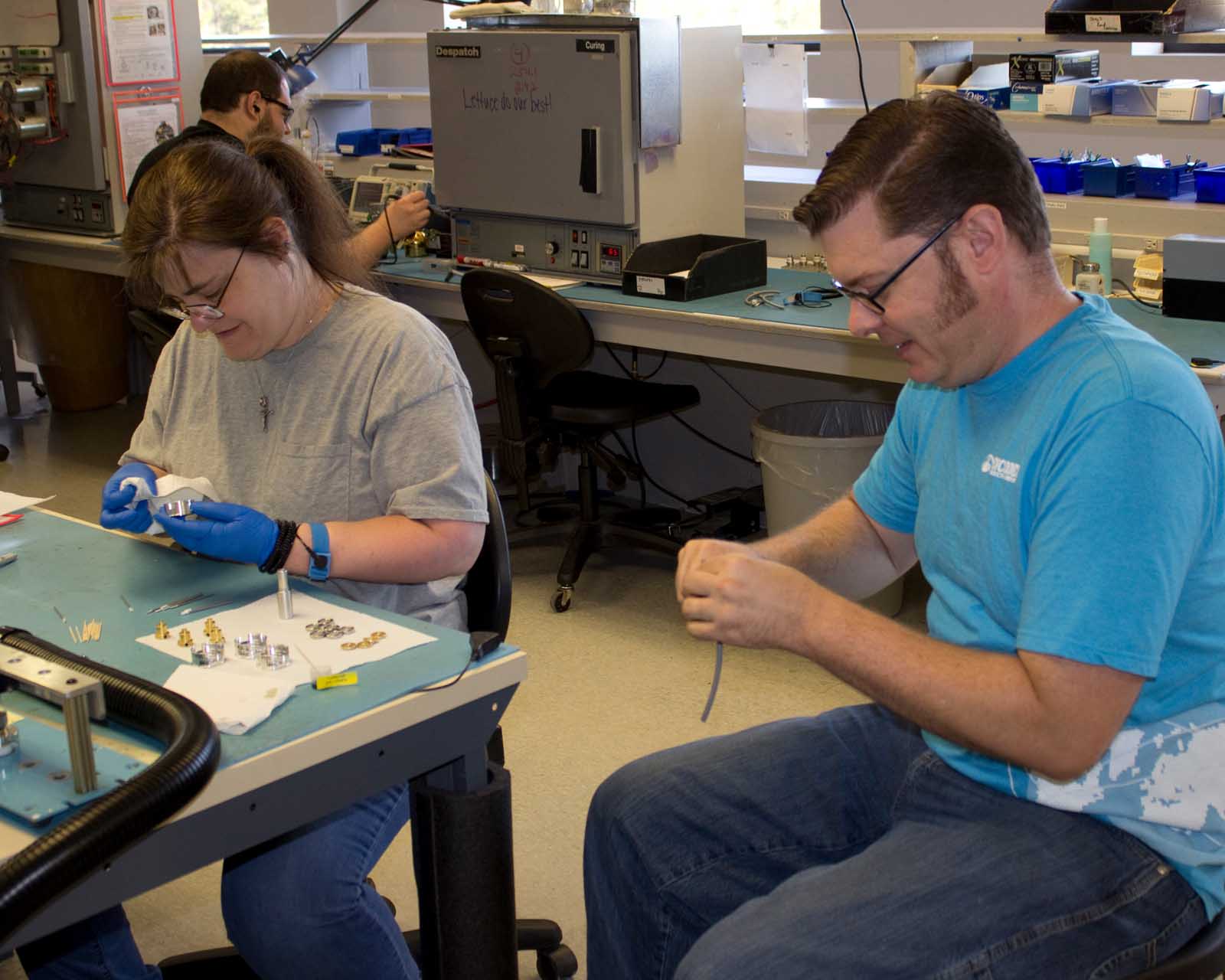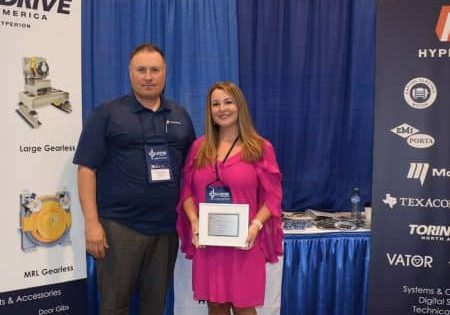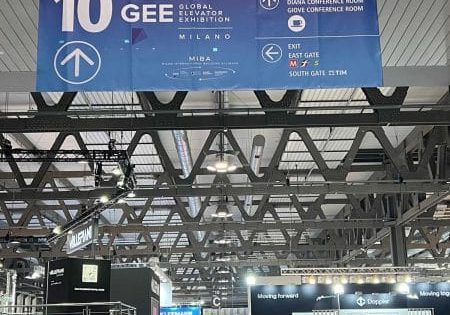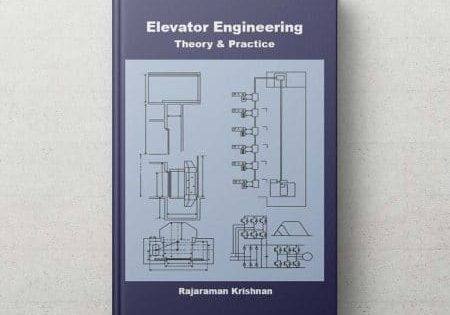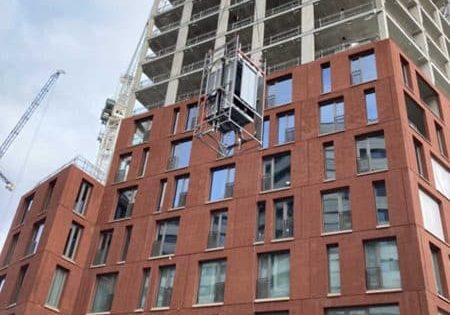In this company spotlight, EPC shares how it weathered the COVID-19 pandemic with minimal business disruptions.
by Tim Kelley
images courtesy of EPC
In 2020, a year marked by global supply chain disruptions, many industries began to encounter challenges in maintaining a steady flow of products. Idaho-based Encoder Products Co. (EPC) was able to avoid interrupted operations, ensuring a consistent supply of motion feedback devices to its customers. EPC explores what set the company apart during this turbulent period.
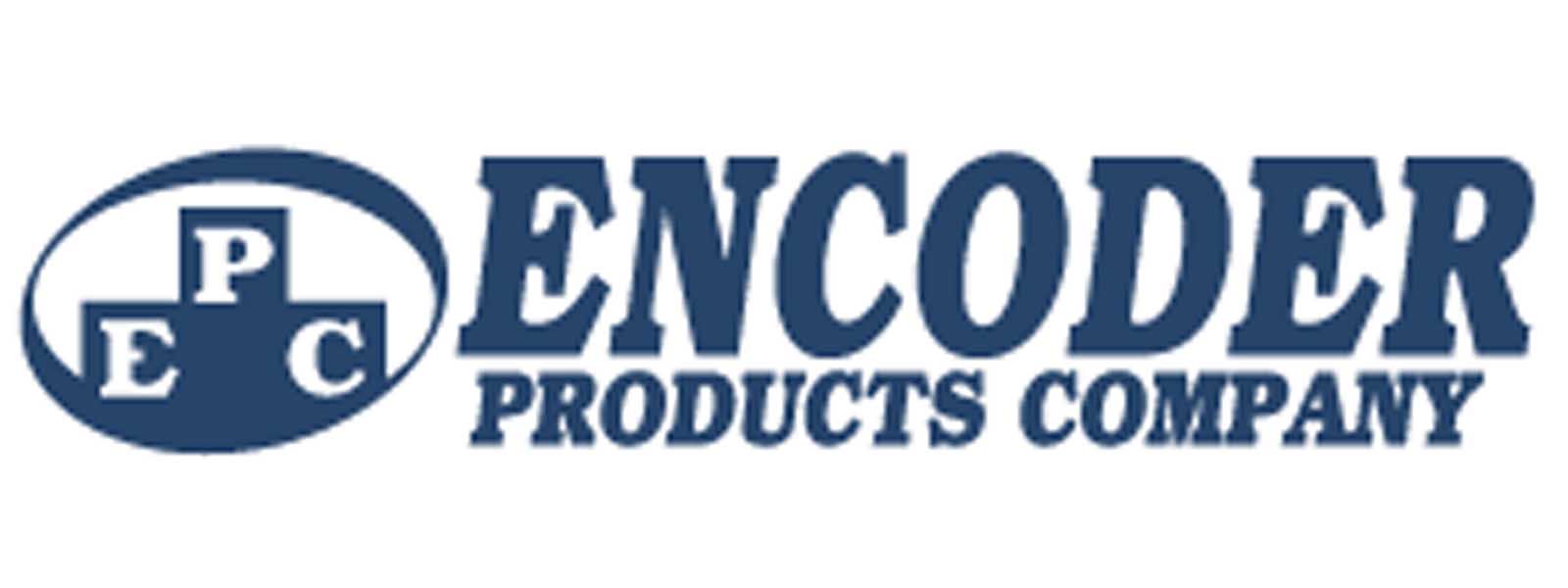
Strategic Foresight
As the COVID-19 pandemic was getting underway, CEO Bob White decided to invest heavily in raw materials, risking revenue and profitability to ensure that customers were taken care of during a difficult time. Because EPC is not leveraged financially, the company was able to use its retained earnings and positive cash position as a competitive advantage. White and CFO Mark Halliday put large quantities of aluminum, wire, steel, bearings and electronic components on order, setting the company up for success as the rest of the world was struggling with supply chain and delivery issues. This simple, yet risky, decision to purchase raw material en masse generated considerable momentum for EPC.
Vertical Integration
Since EPC is vertically integrated, the company was able to store the materials on-site for production without having to pay for storage. The cost of shipping increased over time, but in the beginning, the rates were standard and not yet inflated. All EPC manufacturing activity — CNC metal work, SMT board stuffing, stripping wires, making cable, pinning connectors, soldering pins, testing, quality control, custom configurations and special engineering requests — takes place in Idaho. Except for some branded items, EPC was able to produce all products in house and ship them on time to beat out other players.
Robust Communication
Once the supply chain issue started affecting competitors, customers noticed EPC did not have the same delivery issues and started rewarding the company with new business. As new customers began using EPC products and working with tech support and engineering team members, the company received much positive feedback.
The initial raw material purchase was eventually depleted, and EPC began re-engineering for sustainability purposes.
The initial raw material purchase was eventually depleted, and as EPC realized continued supply chain pressure, it began re-engineering for sustainability purposes. There were many components that were in short supply or discontinued. Microprocessors, detector chips, LEDs and many specifically designed circuits had to be redesigned. EPC invested heavily in new engineers to seek alternatives and expedite the approval process for its encoder designs. Customers were made aware of issues, and every effort was made to keep them informed. Many customers agreed to help beta test the new designs in order to receive the first ready-to-ship units off the line. Many OEM machines were sitting for months at a time in some cases, simply waiting on a shipment of components, sensors, controls or encoders. These customers were very pleased that EPC was not experiencing similar delays due to supply chain interrruptions.
Customer-Centric Approach
The lessons learned over the past years, though difficult, have enriched EPC in many ways. Several of the company’s current customer service, engineering and manufacturing policies were put in place in response to recent challenges. Customers have rewarded EPC’s efforts with new business, loyalty and respect. The company has developed mutually beneficial business relationships with distributor partners, end users and direct OEM customers that were not previously enjoyed. Looking back can be bittersweet, and EPC’s journey has not been without unfortunate losses. Founder Bill Watt and his wife, Fern, both passed away in 2020. Watt’s legacy lives on in the culture of EPC, and his work ethic continues to inspire its employees.
Harnessing Technology
Additionally, during these times of global supply chain difficulties, EPC managed to continue new product development on its latest absolute encoder. The A36R idea was initialized just prior to 2020, and the design was finished in summer 2023. This encoder boasts 22-bit single-turn and 24-bit multi-turn resolution, reflective LED technology and BiSS-C and SSI communication protocol. The reflective photoelectric technology allows EPC to make a very small, thru-bore encoder for a variety of customer requirements and applications.
Looking Ahead
EPC leadership is in the middle of restructuring its external strategic team and preparing for the future. We have hired new team members who bring with them experiences from all of EPC’s major markets: Printing/Marking/Coding, Packaging, Material Handling, Labeling, Motor and Drives, Automatic Guided Vehicles, Agri-Tech and Conveyors, to name a few. Sales, marketing, and business development plans are in place and being executed. EPC is in a favorable position going forward due to the foundation laid during challenging times.
In a landscape where supply chain disruptions have become the norm, EPC believes its success as a dependable partner for high-quality encoder products testifies to the company’s strategic planning, adaptability and dedication to excellence.
Get more of Elevator World. Sign up for our free e-newsletter.
